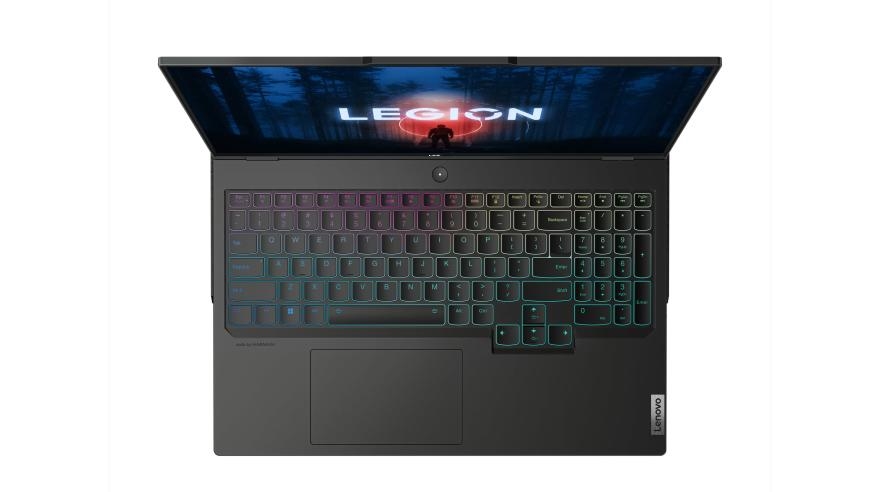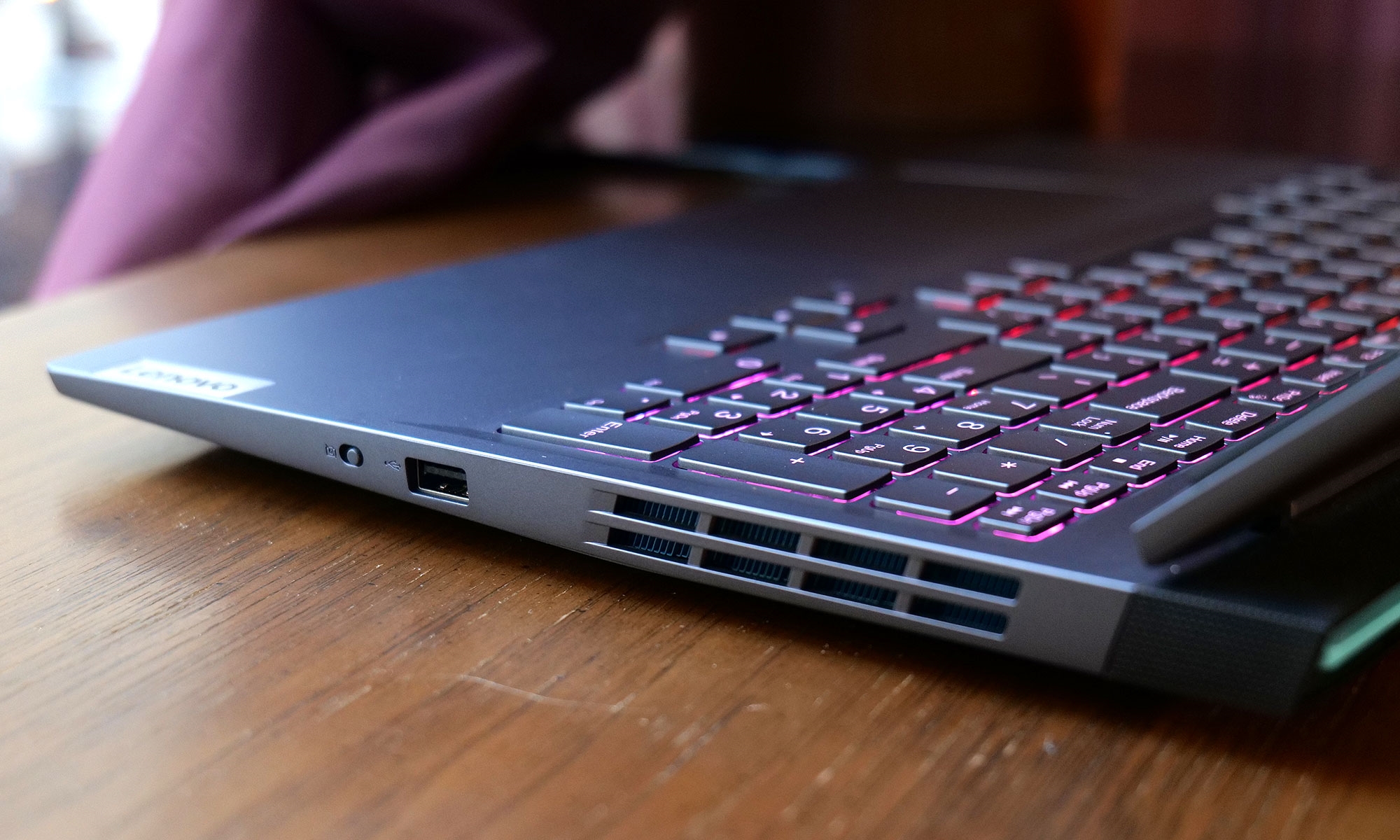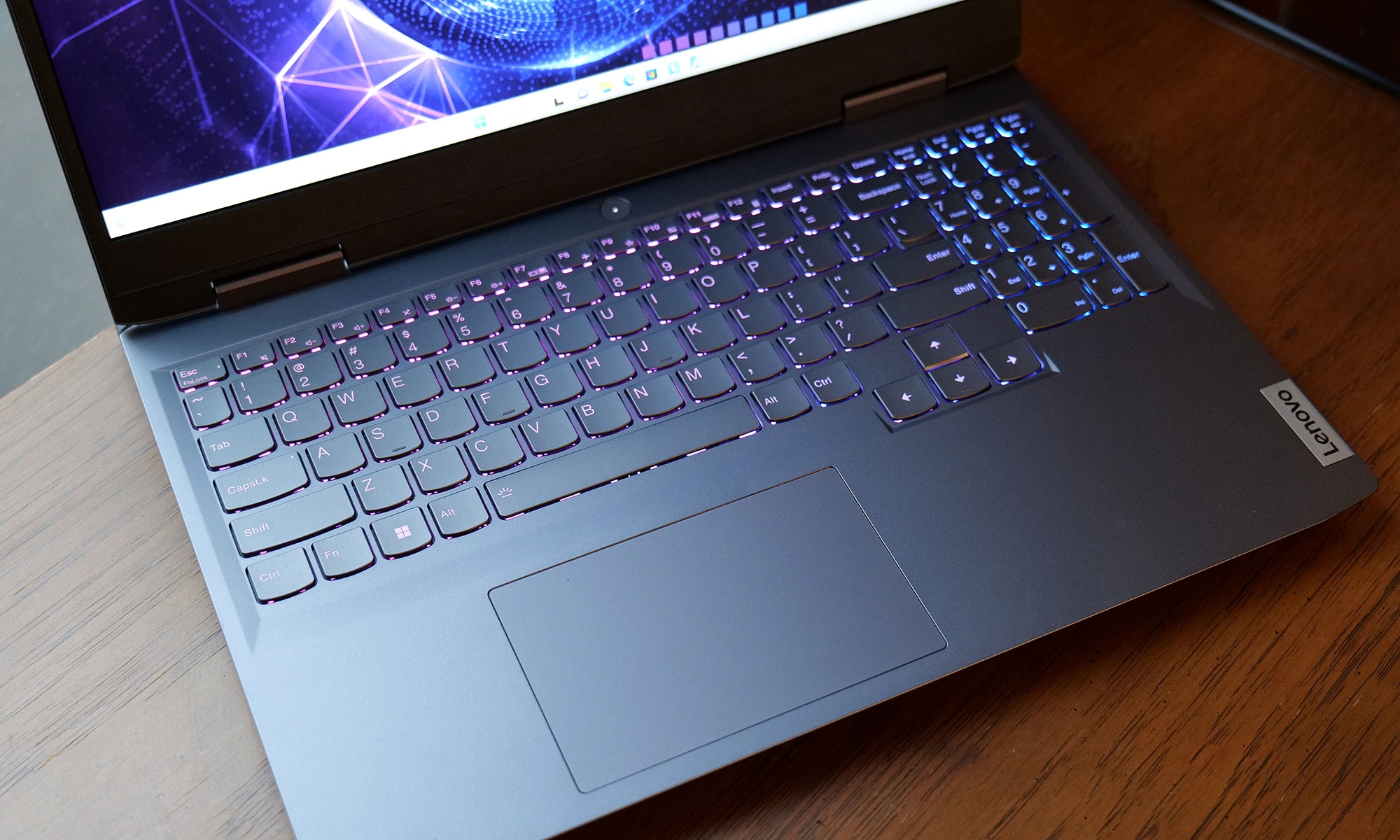Lenovo turns to ‘AI’ to optimize its 2023 gaming laptops

Lenovo believes artificial intelligence will help differentiate its 2023 gaming laptops. Four new models at CES 2023 include the Lenovo LA AI chip, which the company says can dynamically adjust frame rates, increase the maximum heat threshold and boost overall performance. Additionally, it’s launching new gaming desktops across different price points.
The LA AI chip is in the new Legion Pro 7, 7i, 5 and 5i (the “i” suffix denotes Intel variants) gaming laptops. Lenovo’s AI Engine+ software uses the chip to deploy a “machine learning algorithm to tune system performance optimally.” The company says FPS monitoring, higher thermal design power (TDP) and other tweaks boost performance and efficiency over previous generations. Although until we get some hands-on time, it’s unclear how big of a significant difference that will make.
The Intel-powered Legion Pro 7i is the highest-end model, starting at $2,000. (Its AMD equivalent, the Legion Pro 7, won’t be available in North America.) The maxed-out versions of the 7i run on the latest 13th Gen Intel Core processors with NVIDIA’s GeForce RTX Next-Gen series Laptop GPUs. The notebook has a 16-inch QHD (2,560 x 1,600) display with a 240Hz refresh rate. NVIDIA versions use Lenovo’s ColdFront 5.0 thermal management system, including an extra-wide vapor chamber covering the processor and graphics card. (Lower-tier models use a dedicated CPU vapor chamber with hybrid heat piping instead.) Lenovo says the more advanced cooling system leads to zero throttling while totaling 235W of thermal design power. Additionally, a tricked-out version uses a 99.99Whr battery, the largest allowed on flights, that also supports quick charging.

The Legion Pro 5 and 5i are slightly cheaper, starting at $1,460 for the AMD version (with a Risen 7000 Series CPU) and $1,480 for Intel (13th-gen Intel Core). Lenovo pitches this tier as equally suitable for gaming or work, and the machines include the new AI chip and ColdFront 5.0 system. The Pro 5 series also maxes out with the latest NVIDIA laptop cards for graphics, and its display is a 16-inch WQXGA panel with up to a 240Hz refresh rate.
Lenovo also updated its gaming desktops. The Legion Tower 7i is the highest-end model, starting at $2,480. The PC uses 13th-gen Intel processors, NVIDIA graphics and up to 64GB of 5600Mhz DDR5 RAM in the top-shelf versions. The company offers plenty of cooling options for the premium machine, including a bigger VRM heatsink, up to six ARGB fans and a liquid cooling system (adding up to a 260W TDP). The Tower 7i comes in configurations of up to 6TB storage (three 2TB SSDs) and 1,200W PSU.
Meanwhile, the Tower 5i ($1,200) and Tower 5 ($1,300) are the company’s less expensive desktop machines. The “i” variant runs 13th-gen Intel Core chips and next-gen NVIDIA graphics, while the standard Pro 5 sticks with an AMD Risen 7000 series processor and either NVIDIA or Radeon RX 7000 graphics. Both machines ship with up to 32GB 5600Mhz DDR5 RAM and up to two 1TB SSDs.
Lenovo’s new gaming hardware is scheduled to ship around springtime. The Legion Pro 7i laptop kicks things off in March, with the Pro 5i/5 laptops and Tower 7i and 5i desktops following in April. Finally, the Tower 5 desktop will launch slightly later in May.


(31)